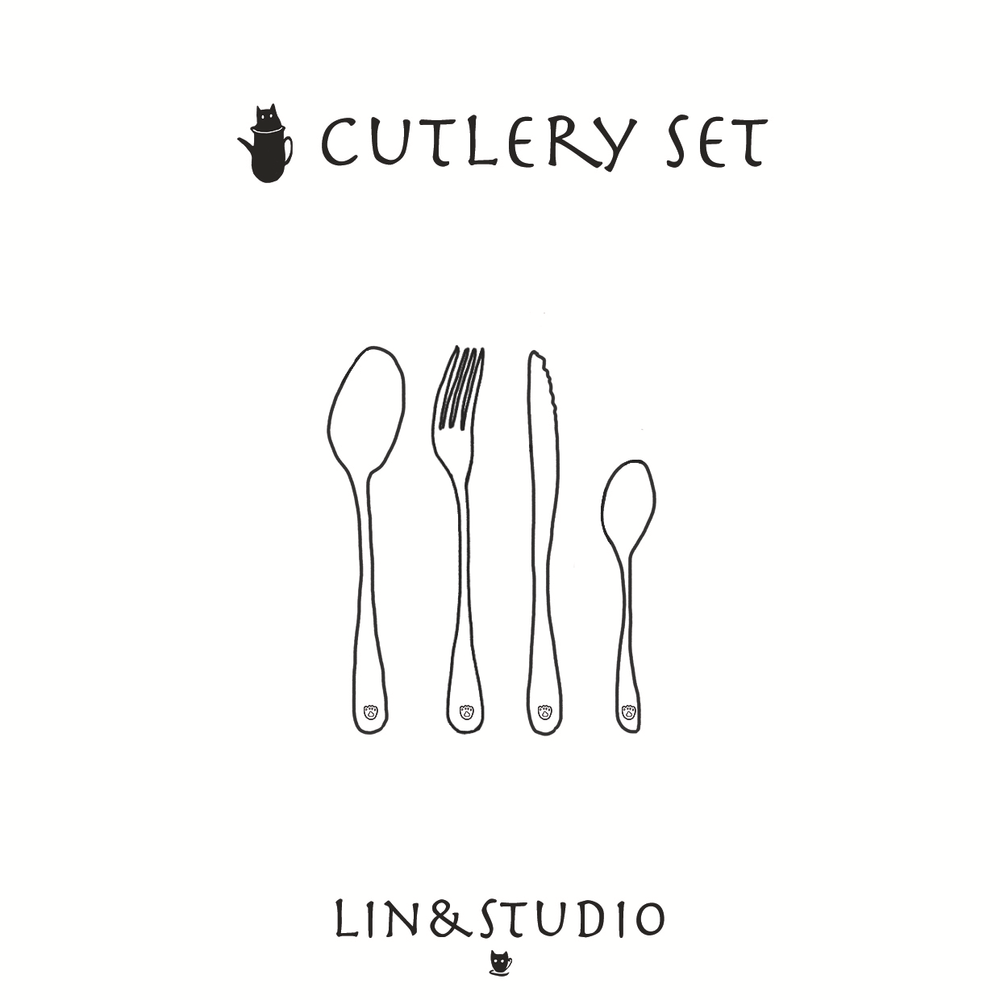The Evolution of Cutlery: From Ancient Tools to Modern Dining Essentials

# The Evolution of Cutlery: From Ancient Tools to Modern Dining Essentials
Introduction
Cutlery, the tools we use to prepare, serve, and consume food, has a rich history that spans thousands of years. From rudimentary implements crafted from stone and bone to the sleek, stainless steel designs of today, the evolution of cutlery reflects the advancements in human civilization, culture, and technology. This article explores the fascinating journey of cutlery, tracing its origins and examining how it has become an indispensable part of modern dining.
Ancient Beginnings: The First Cutlery
The earliest forms of cutlery date back to prehistoric times, when humans used sharpened stones, bones, and shells as tools for cutting and eating. These primitive implements were essential for survival, enabling early humans to process food more efficiently. Archaeological evidence suggests that knives, the most basic form of cutlery, were among the first tools ever created. Over time, these tools evolved, with materials like bronze and iron replacing stone and bone, marking the beginning of more sophisticated cutlery.
The Middle Ages: A Time of Refinement
During the Middle Ages, cutlery began to take on a more recognizable form. Knives remained the primary utensil, but forks and spoons started to gain popularity, particularly among the wealthy. Forks, initially viewed with suspicion in Europe, were introduced from the Byzantine Empire and gradually became accepted. Spoons, often made of wood or metal, were used for both cooking and eating. The design of cutlery during this period was heavily influenced by social status, with ornate handles and intricate engravings symbolizing wealth and power.
The Industrial Revolution: Mass Production and Accessibility
The Industrial Revolution in the 18th and 19th centuries brought significant changes to the production of cutlery. Advances in manufacturing techniques, such as the development of stainless steel, made cutlery more durable, affordable, and accessible to the general population. This period also saw the standardization of cutlery designs, with the introduction of matching sets that included knives, forks, and spoons. The rise of the middle class further fueled the demand for cutlery, transforming it from a luxury item into a household staple.
Modern Cutlery: Innovation and Aesthetics
Today, cutlery is a blend of functionality and aesthetics, designed to enhance the dining experience. Modern materials like titanium and high-quality plastics have expanded the possibilities for cutlery design, making it lighter, more durable, and easier to maintain. Ergonomics also play a significant role, with utensils crafted to fit comfortably in the hand. Additionally, the rise of specialized cutlery, such as sushi knives and cheese forks, reflects the growing diversity of global cuisines and dining preferences.
Conclusion
The evolution of cutlery is a testament to human ingenuity and adaptability. From its humble beginnings as simple tools for survival to its current status as an essential element of modern dining, cutlery has undergone remarkable transformations. As we continue to innovate and explore new materials and designs, the future of cutlery promises to be as dynamic and fascinating as its past.
Keyword: cutlery


